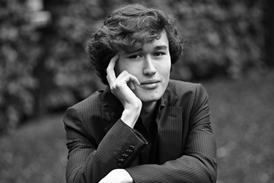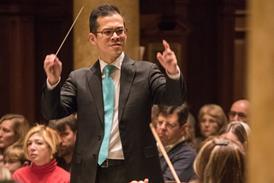
THE STRAD RECOMMENDS
The Strad Issue: January 2011
Description: Performances that make even twelve-note Schoenberg communicate freely
Musicians: Pražák Quartet, Jaromír Klepá? (piano)
Composer: Schoenberg
Schoenberg’s Third Quartet was among the first works he composed using exclusively dodecaphonic techniques. The shimmering cool and textural hypersensitivity of the LaSalle Quartet (originally Deutsche Grammophon, now available in a Brilliant Classics set) encapsulates the work’s disembodied suspension of reality, whereas the Pražák musicians play up the associations with Brahms’s op.51 quartets, emphasising the composer’s use of rhythm as a principal binding agent. In so doing they discover a warmth and communicability that in this particular work one might have scarcely thought possible.
The Chamber Symphony’s exhilarating amalgam of searing propulsion, bracing tonal interplay and structural concision belongs to the same sonata-hybrid tradition as Beethoven’s ‘Serioso’ String Quartet in F minor op.95. Using Webern’s arrangement for standard piano quintet, the Pražák Quartet (with Jaromír Klepác?) plays with such imperative communicability and fiery virtuosity that one senses the symphony’s profound compression more than ever. This is music that lives on the edge and the Pražák players ride the musical precipice every inch of the way. The early Brahms–cum–Dvor?ák Scherzo and Presto are miniature charmers that on the evidence of these sparklingly affectionate readings should be far better known. A revelatory set of performances, presented in exemplary sound of illuminating detail.
JULIAN HAYLOCK


























No comments yet